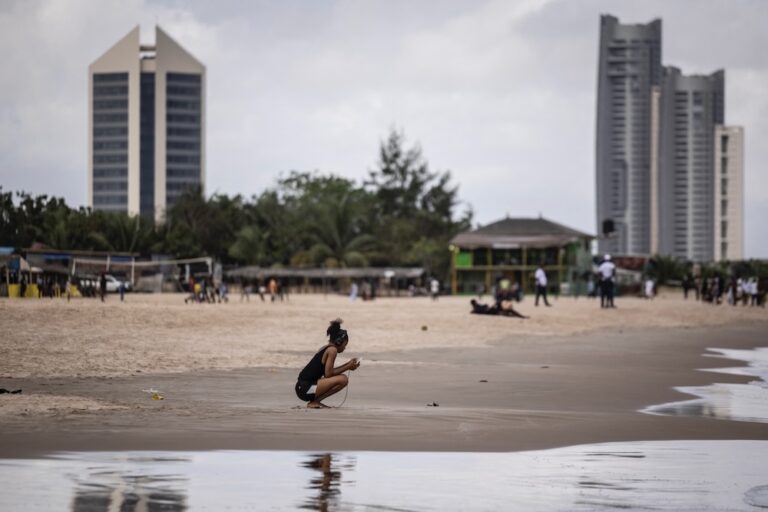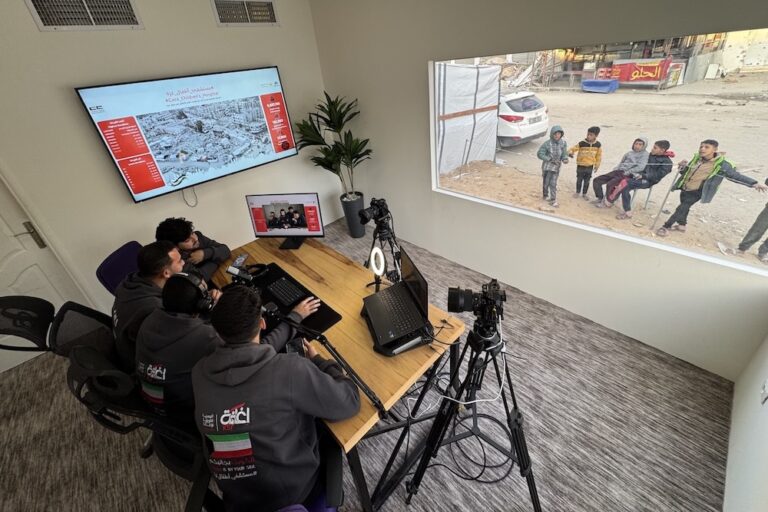Though great strides have been made to raise awareness, online gender-based harassment continues to be an increasingly pervasive problem for women journalists.
This statement was originally published on wan-ifra.org on 31 May 2017.
By Colette Davidson
The internet and social media have become vital for journalists to do their job around the globe. Increased digital access has made it easier for journalists to find sources, get and verify information in lightening speed and increase readership. But with any good thing there are downsides, and the inability to patrol every aspect of the internet’s growing expanse has made it harder to crack down on the increasing problem of online harassment of journalists, particularly women.
According to the International Federation of Journalists (IFJ), more than 35 percent of women worldwide have experienced physical and/or sexual violence and up to 50 percent having fallen victim to unwanted sexual advances and harassment at work. However, statistics for online harassment are more difficult to count, says Elisa Munoz, the Executive Director of the International Women’s Media Fund (IWMF), simply because the problem is still relatively new.
“When it comes to digital harassment, nobody has really gotten to the global picture of the volume of the harassment, the type of harassment and the impact,” says Munoz. “A lot of the harassment that happens on the job looks like general harassment that any woman would receive on a day-to-day basis. So it’s hard to know if it’s because she’s a journalist or just a natural progression of women being harassed in the workplace.
“But what we know anecdotally and based on research is that the internet is not a safe place for women,” says Munoz.
There exists a large disparity between the volume and nature of online threats that women receive versus men. It is often gendered in nature, referring to women’s bodies or including sexual threats. Abuse can be government sponsored, come from online trolls or even family members. Threats often appear in a comments section of an article written by a woman journalist, arrive in her email inbox, or pop up on her social media profile on Facebook or Twitter. This online abuse is often compounded by the traditional sexual harassment that women can face in the newsroom and out in the field.
Continued harassment keeps some women offline, and because having an online presence can be key to working as a journalist, harassment can force women out of the profession entirely.
“It’s basically impossible to do your job if you’re not online,” says Munoz. “Online harassment is one of the most pernicious problems facing women journalists.”
As more and more people go online and more and more women are becoming journalists around the world, the problem of online misogynistic abuse is becoming more prevalent and harder to control. It also knows no borders.
“In some parts of the world, it’s a result of what women write and in others it’s because of the mere fact that they write,” says Jeremy Dear, Deputy General Secretary at the IFJ.
Dear says that in Pakistan, it is frowned upon for women to work outside the home and the fact that a woman works in a newsroom can be enough to warrant abuse from readers, family members or neighbors. In Southeast Asia, women journalists have been threatened with gang rape, sexual and physical violence and derogatory comments about their looks, clothing and family. In certain parts of rural Peru, it’s culturally unacceptable for local women to work as journalists and those who do face scorn that they’re lacking as mothers.
“We’ve gotten reports from all around the world about this issue,” says Dear. “It’s something the industry as a whole needs to get to grips with.”
So far, the media industry has been working on a piecemeal basis to tackle online harassment. Some companies remove the comments section from articles to avoid malicious reactions to enter the public sphere, while others use algorithms to catch abuse. But both tactics often weed out both the good and the bad.
“The rise of online harassment and trolling has become a really insidious threat for the industry and one that urgently needs to be countered,” says Hannah Storm, Executive Director of the International News Safety Institute (INSI), “unless the industry wishes to lose a plurality of voices that is a necessary part of promoting democracy.”
While the goal is eventually to create industry-wide guidelines, say experts, there are ways that media houses can deal with online harassment effectively with the resources they have now.
“It’s important that news organisations recognise the need to offer psychological support for those who may be troubled by their experiences, be they in the physical sphere or online,” says Storm. “INSI is currently working with a number of newsrooms to try to gauge solutions to support those being harassed online.”
The IFJ has launched the Byte Back Campaign, an awareness campaign on social media using the hashtag #DefendMyVoiceOnline and reminding women that they shouldn’t have to abandon the virtual space when faced with abuse. It recommends that women ignore online trolls, block abusive online presence, report abusive comments to social media moderators and gather evidence of online abuse before it can be deleted by the perpetrator.
“The industry as a whole needs to deal with this,” says the IFJ’s Dear. “We need a much stronger response for unlawful acts, a clear policy on what is appropriate in the newsroom and what becomes of those guilty of harassment.”
WAN-IFRA will tackle the issue of harassment in the media in a special session at the World News Media Congress in Durban, South Africa from 7-9 June, led by INSI’s Hannah Storm.



